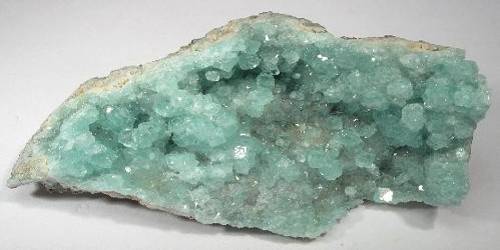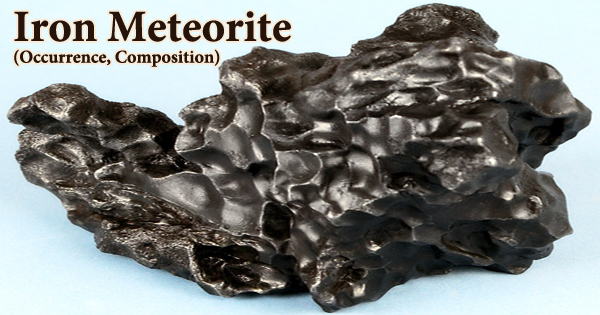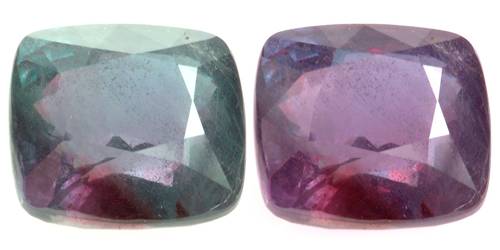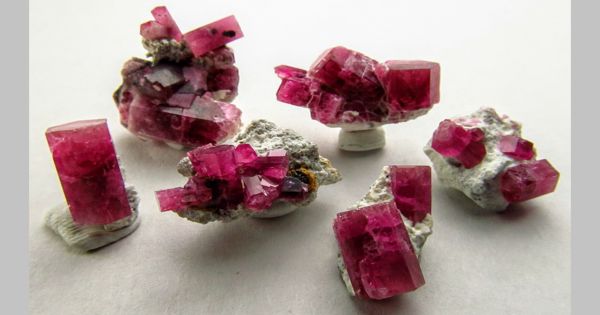Boracite is a magnesium borate mineral with formula: Mg3B7O13Cl. It occurs as blue-green, colorless, gray, and yellow to white crystals in the orthorhombic – pyramidal crystal system. Boracite also shows pseudo-isometric cubical and octahedral forms. It has good color, clarity, and hardness to be a gemstone and yet it is rarely cut for this purpose. Probably because it is slightly soluble in water and ordinary wear dulls its surface. It is an attractive mineral for mineral specimens though.
Boracite is an evaporite mineral and is not surprisingly found with other evaporite minerals like anhydrite, gypsum, and halite. Its crystals are often embedded in these other evaporite minerals suggesting that they formed later than the others, especially since the crystals are in the high-temperature phase.
General Information
- Category: Tektoborates
- Formula: Mg3B7O13Cl
- Crystal system: Orthorhombic
- Crystal class: Pyramidal (mm2) (same H-M symbol)
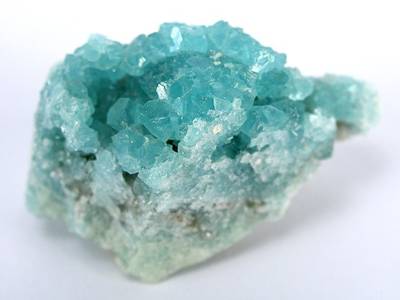
Properties
It occurs as well-formed crystals and dispersed grains often embedded within gypsum and anhydrite crystals. It has a Mohs hardness of 7 to 7.5 and a specific gravity of 2.9. Refractive index values are nα = 1.658 – 1.662, nβ = 1.662 – 1.667 and nγ = 1.668 – 1.673. It has a conchoidal fracture and does not show cleavage. It is insoluble in water (not to be confused with borax, which is soluble in water).
- Formula mass: 392.03 g/mol
- Color: Colorless, white, gray, brown, orange, yellow, pale green, dark green, blue-green, or blue; colorless in transmitted light
- Crystal habit: Crystalline, disseminated (pseudocubic)
- Twinning: Rarely as penetration twins
- Cleavage: None
- Fracture: Irregular/uneven, conchoidal
- Tenacity: Brittle
- Mohs scale hardness: 7 – 7.5
- Luster: Vitreous – adamantine
- Streak: White
- Diaphaneity: Subtransparent to translucent
- Specific gravity: 2.95
- Density: 2.91 – 3.10
Occurrence
Localities for Boracite including in Germany, France, England, Kazakhstan, Bolivia, the United States, and Canada, among only a few others. Minerals associated with Boracite include anhydrite, gypsum, halite, sylvite, carnallite, kainite, and hilgardite.
Boracite is typically found in evaporite sequences associated with gypsum, anhydrite, halite, sylvite, carnallite, kainite and hilgardite. It was first described in 1789 for specimens from its type locality of Kalkberg hill, Lüneburg, Lower Saxony, Germany. The name is derived from its boron content (19 to 20% boron by mass).
Information Source:
